Halcyon Days in the Dream City
by Mrs. D. C. Taylor
Continued from Part 12

To-day we went to the “Dream City,” as Mrs. Candace Wheeler so prettily named the Chicago Exposition,[1] and saw the grand weekly illumination in the evening. At about five o’clock in the afternoon we pressed on with the crowd toward the grand basin. It seemed to be the objective point with all and we were so fortunate as to secure a seat on one of the benches facing the basin.
It was an ideal evening, an ideal scene, a scene such as no man ever gazed upon before, and as no man will ever see again, for the dream will soon vanish, and nothing but the memory be left us of this divinely beautiful work. As we were seated we had behind us the long façade and noble triumphal arch of the building of liberal arts and manufactures, with its terraces and balustrades in the front, and stretching down to where we sat a beautiful sweep of green, green velvet turf. On our right rose the gilded dome and columned front of the Administration building; before it on the edge of the basin, the great MacMonnies fountain played and rippled in gentle silken flow of water more purely white than the snowy figures that seemed to live and move in its midst.
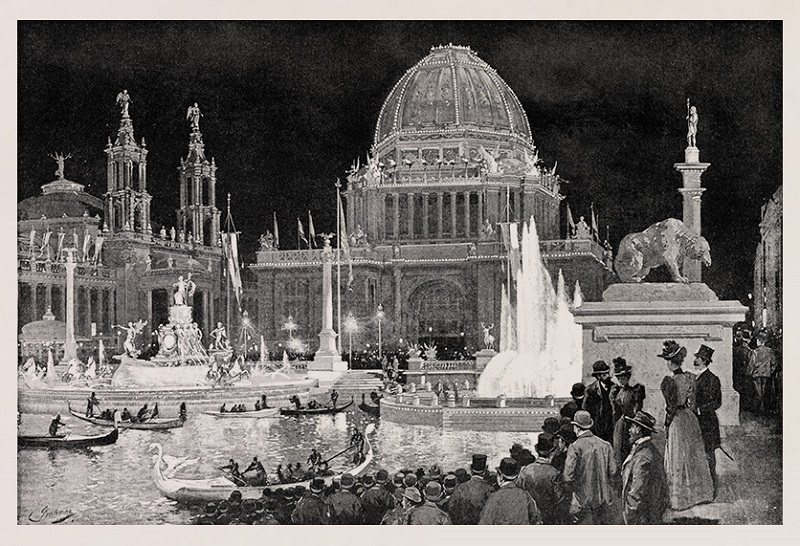
The Grand Court at Night. [Image from Harper’s Weekly, June 24, 1893.]
Facing us on the left the great golden figure poising the ball so lightly in her fingers, seemed smiling benignantly down upon us as if in tender compassion for us poor mortals, who knew not of the grander, diviner beauties, toward which the staff in her left hand pointed us.[3] At her feet and ours heaved softly, like molten silver, the water of the basin, and far, far on either hand stretched the long graceful lines of the Electricity and Mechanic’ Art palace, fading into the blue shades of the closing evening.
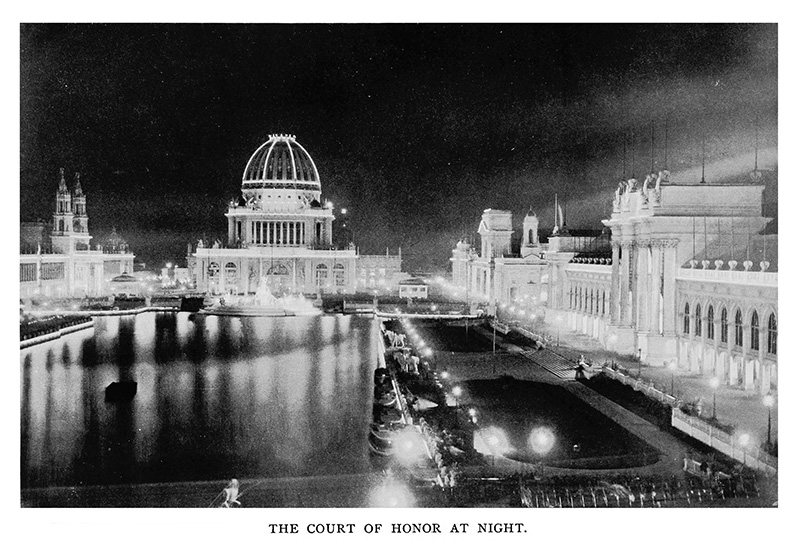
Photograph of the Court of Honor at night. [Image from Johnson, Rossiter A History of the World’s Columbian Exposition Held in Chicago in 1893. (D. Appleton and Co., 1897).]
At first a long line of tall flaring torches at the foot of the dome bloomed out like flame flowers, then suddenly a crown flickered into flame on top of the dome, and glittered and glowed like a veritable jeweled coronet; then on each section of the melon shaped dome, around the cornice of the whole building, across the pillard front, up and down, crept the fairy jeweled thread, until the whole structure seemed alive, transparent, palpitating with living light. And we sat entranced, hemmed in, encircled in bands of fire.
We sat for an hour spell bound, watching the fairy spectacle. Dark gondolas full of dark forms glided over the irridescent [sic] waters, showing here and there a gleam of color in the waist scarfs of the gondoliers, but swift and silent as shadows; now and then soft notes of music rose to enhance the charms of the scene, but subdued and harmonious and dying gently into silence again; and we thought this is the flower of arts’ growth, the crown, the culmination; after long ages of growth the flower has bloomed, it can not bloom again for ages more.
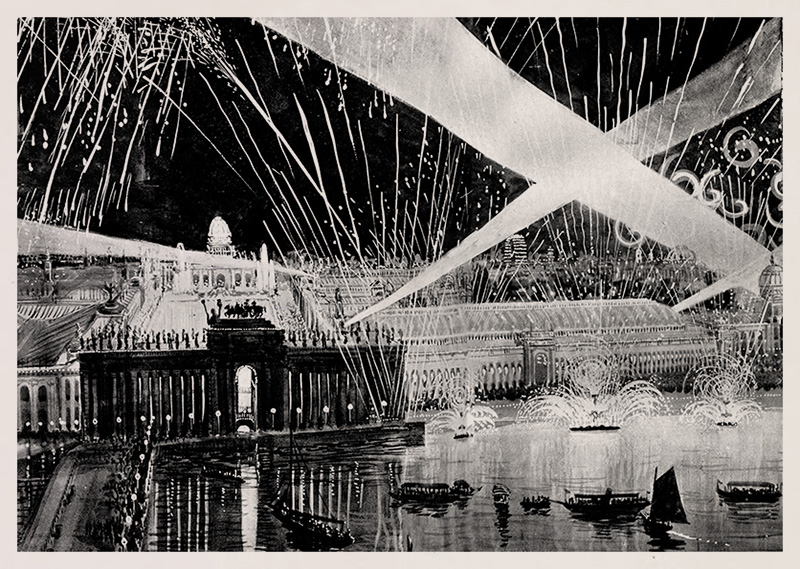
The Grand Illumination and Display of Fireworks. [Image from Campbell, James B. Campbell’s Illustrated History of the World’s Columbian Exposition, Volume II. M. Juul & Co., 1894.]
Continued in Part 14
NOTES
[1] Candace Wheeler designed the interior décor of the Woman’s Building.
[2] The “flying figure on the apex of the dome” of the Agricultural Building was the famous statue of Diana by Augustus Saint-Gaudens.
[3] The “great golden figure” was the colossus Statue of the Republic by Daniel Chester French.

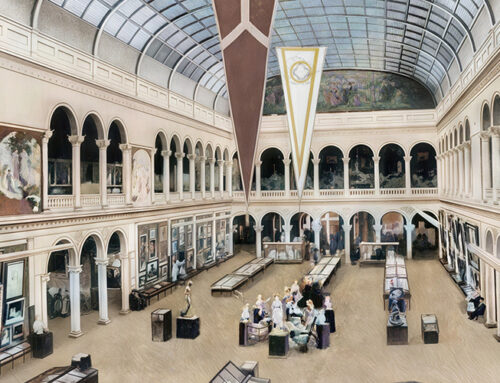
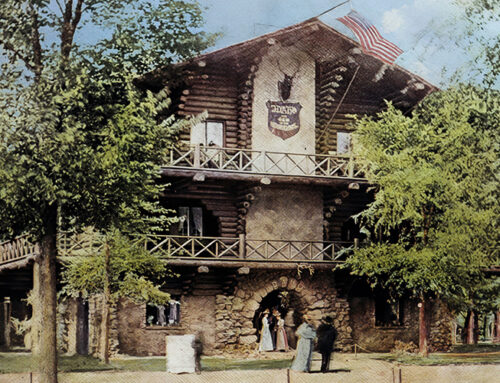
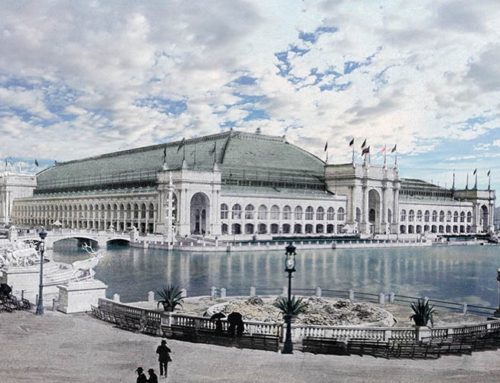
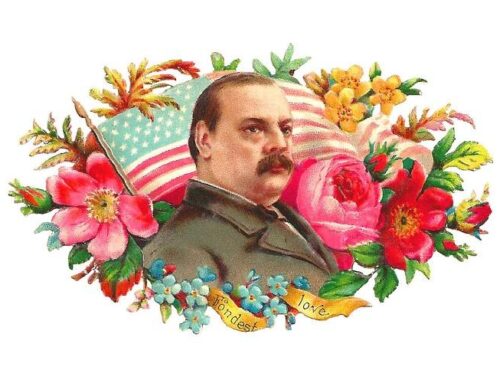
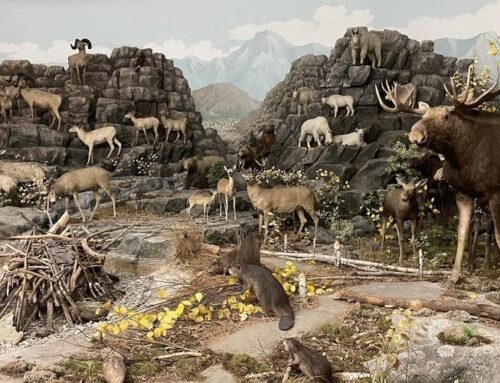
Leave A Comment